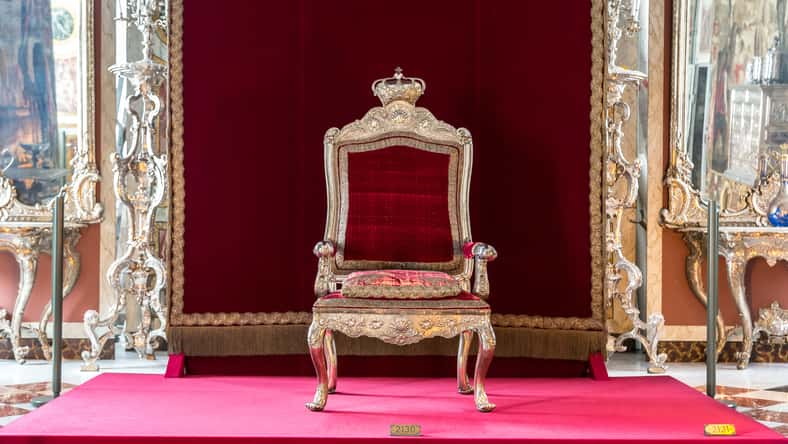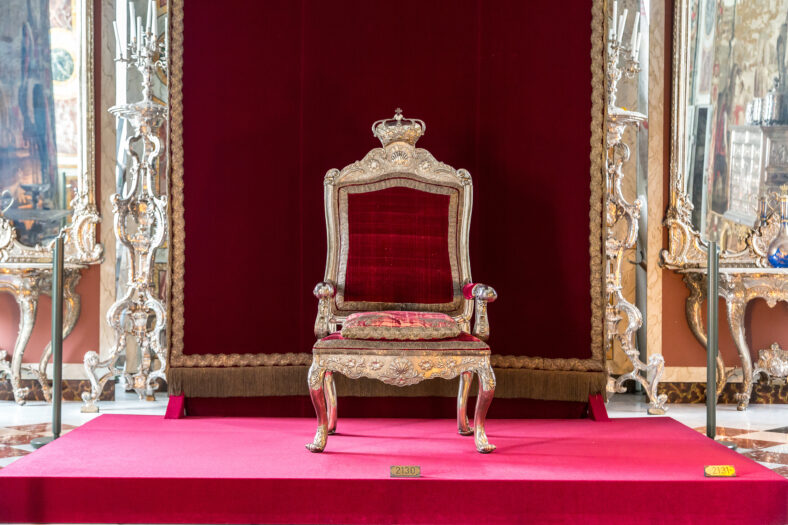He Tried To Take His Brother’s Throne, And Was Rumored To Have Been Executed With Wine

On February 18, 1478, George Plantagenet, the Duke of Clarence, was executed by drowning in a barrel of wine, according to popular legend. His death came after he was convicted of treason against his older brother, Edward IV of England.
George was born in 1449 in Dublin. His family was no stranger to chaos, which all started in George’s early childhood. His father was Richard Plantagenet, the Duke of York and a claimant to the English throne.
By 1459, violence had broken out to an extreme level between his father’s supporters and those of the current king, Henry VI. They were in the middle of a civil war known as the Wars of Roses.
It was the House of York, led by George’s father, versus the House of Lancaster, led by Henry VI. They were fighting over which side had the right to the throne. Ultimately, the Duke of York was killed at the Battle of Wakefield in 1460.
In 1461, George’s older brother, Edward IV, assumed the throne, granting the House of York power. George was given dukedom of Clarence and lieutenancy over Ireland.
When Edward married Elizabeth Woodville, a Lancastrian widow, George and his allies were offended. He spent several decades trying to oust Edward from the throne and take it for himself.
Edward also disapproved of George’s marriage to Isabel Neville, the daughter of a powerful cousin who once supported Edward but was now against him.
As George and Edward fought and made up over the years, England experienced much turmoil and disorder. During the feud, their supporters constantly switched sides.
In 1470 and 1471, Henry VI was briefly restored to power. But by April 1471, Edward had taken back the throne again, reigniting the dispute between the brothers.

Sign up for Chip Chick’s newsletter and get stories like this delivered to your inbox.
In 1477, a member of George’s household was charged with “imagining the king’s death by necromancy,” marking the beginning of the end for him.
At Westminster Palace, George protested the charge and was arrested for contempt of the law. A few months later, Edward charged him with treason, which was punishable by death.
George was executed in the Tower of London on February 18, 1478, by immersion in a vat of Malmsey wine, an expensive sweet beverage made with Portuguese grapes.
However, his execution was private due to his high rank. So, whatever happened that day was unclear. His death by wine is just a rumor.
Some stories claimed George himself requested to die that way because he was allowed to choose the manner of his execution. Or, Edward may have opted for the method to avoid spilling blood.
After George’s death, the Wars of the Roses continued until 1485, when the Lancastrian Henry Tudor triumphed over Richard III, George’s younger brother, at the Battle of Bosworth Field.
Henry Tudor then married Elizabeth of York, Edward IV’s daughter, uniting the House of York and the House of Lancaster.
More About:Freaky





